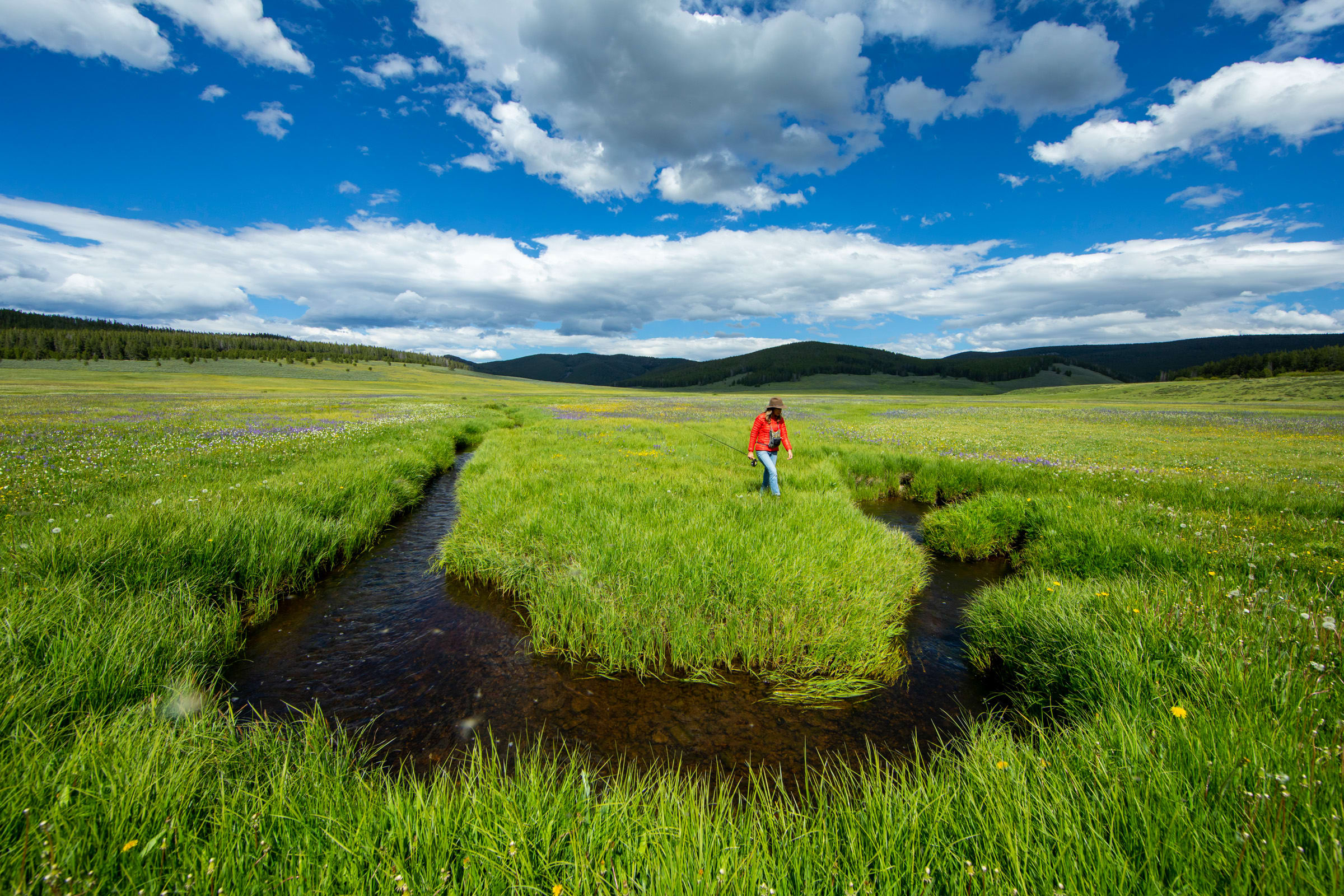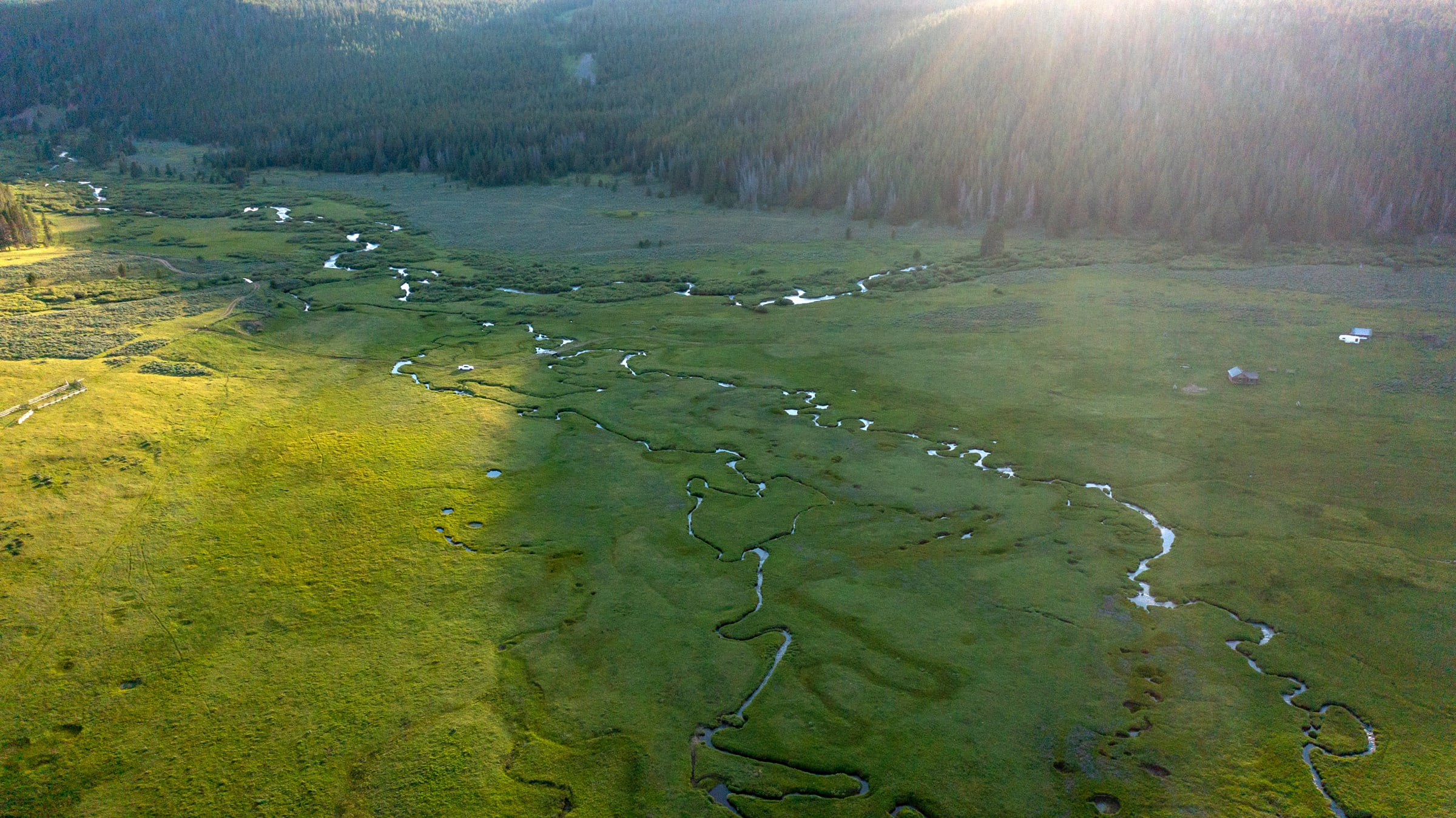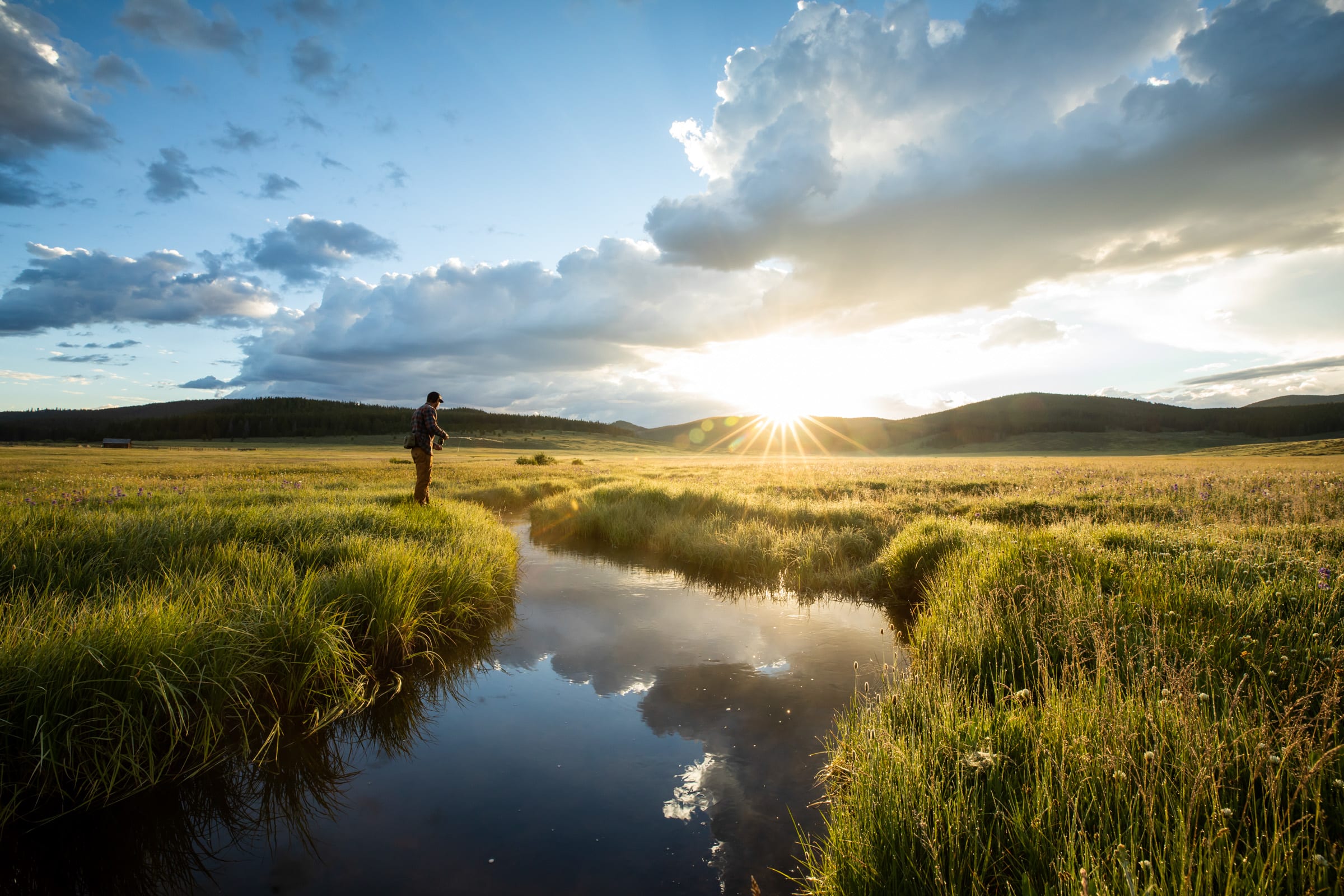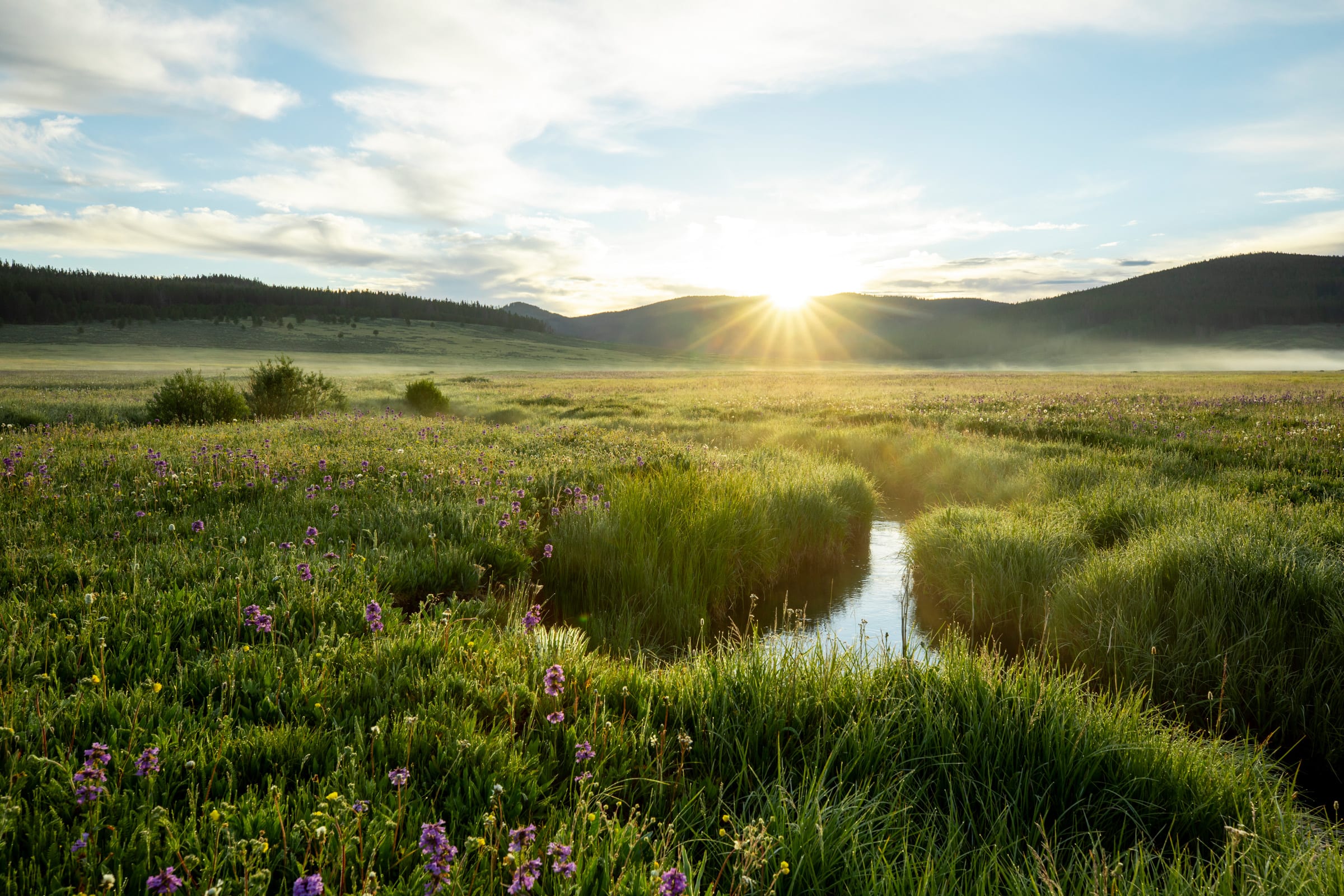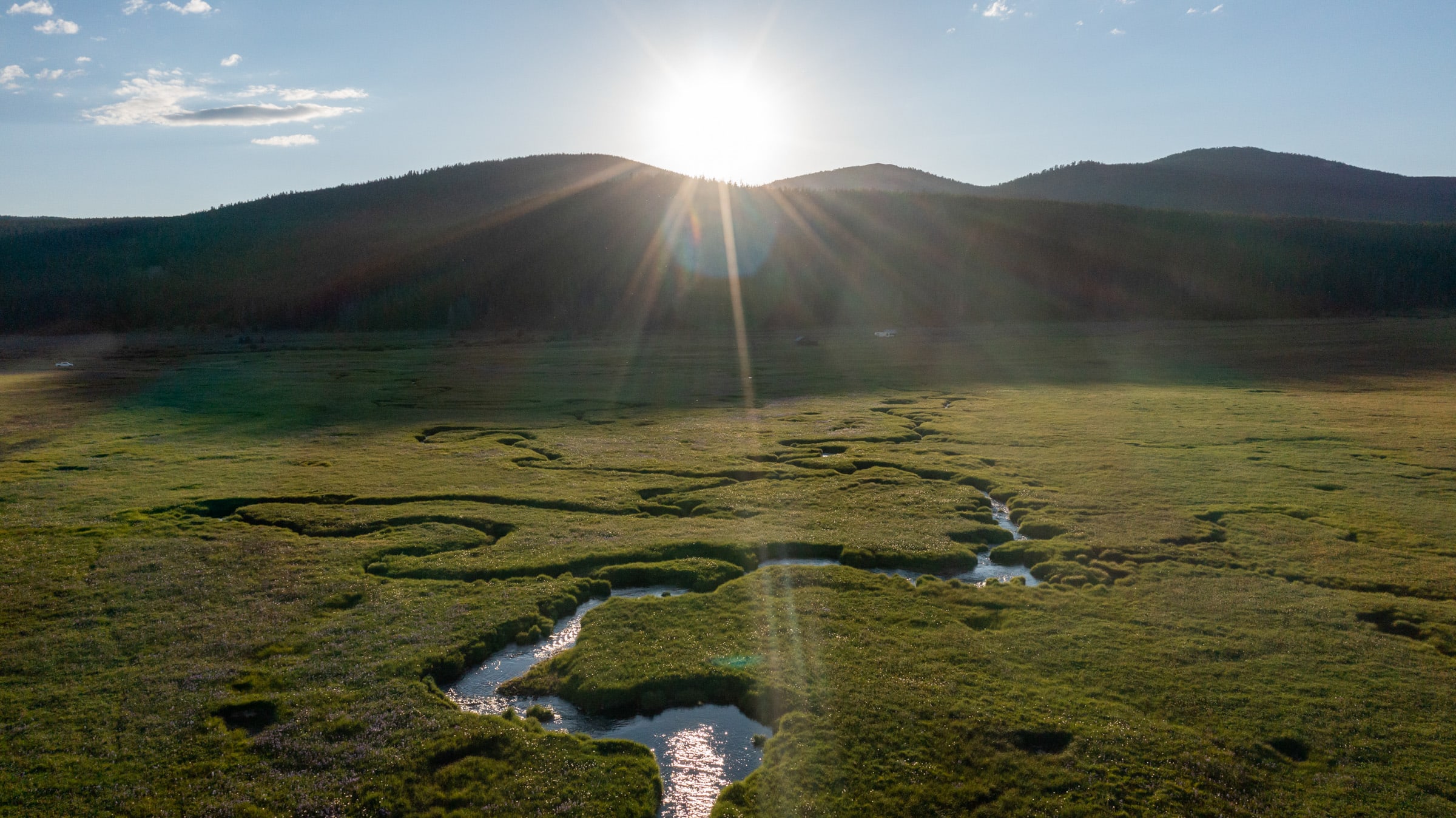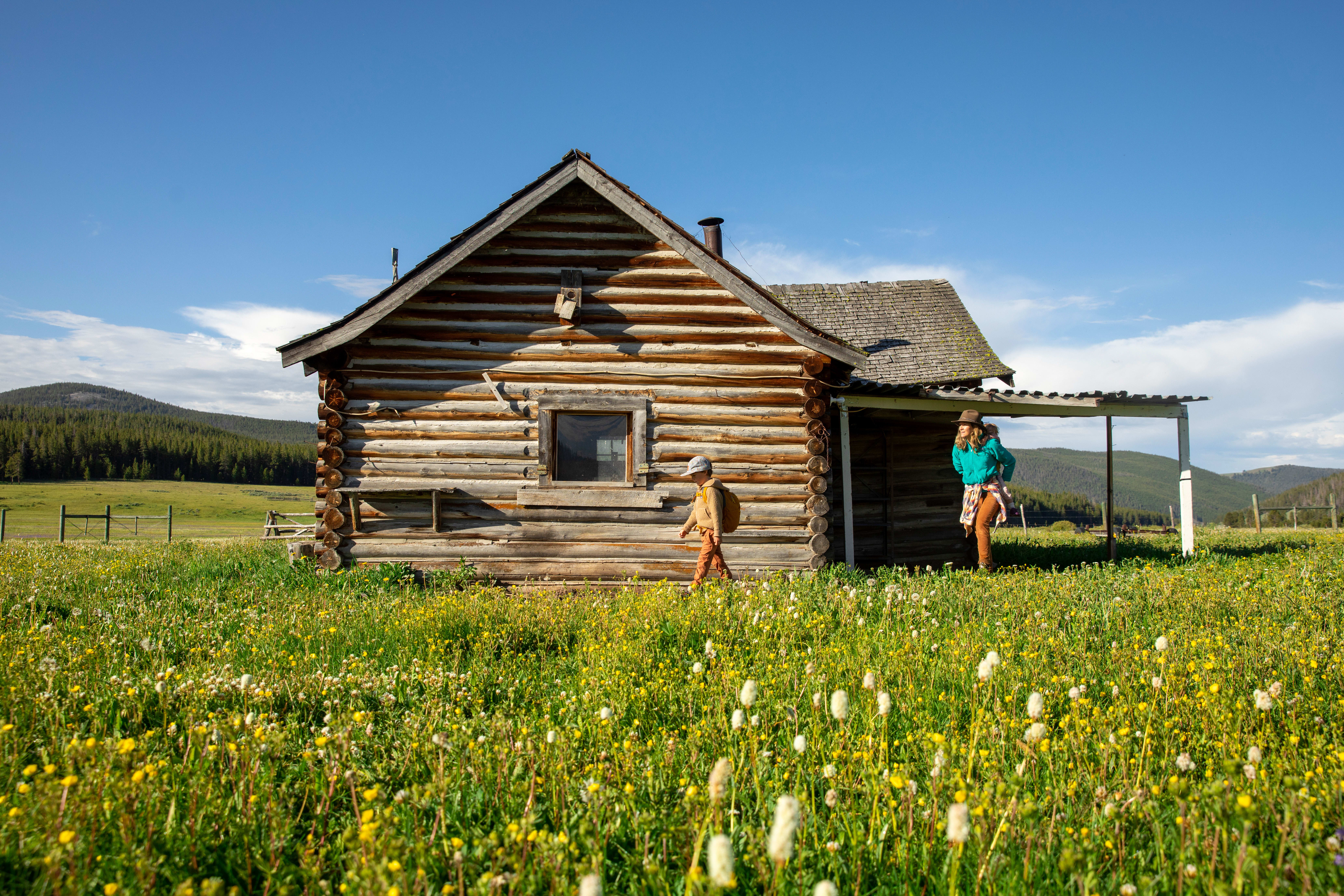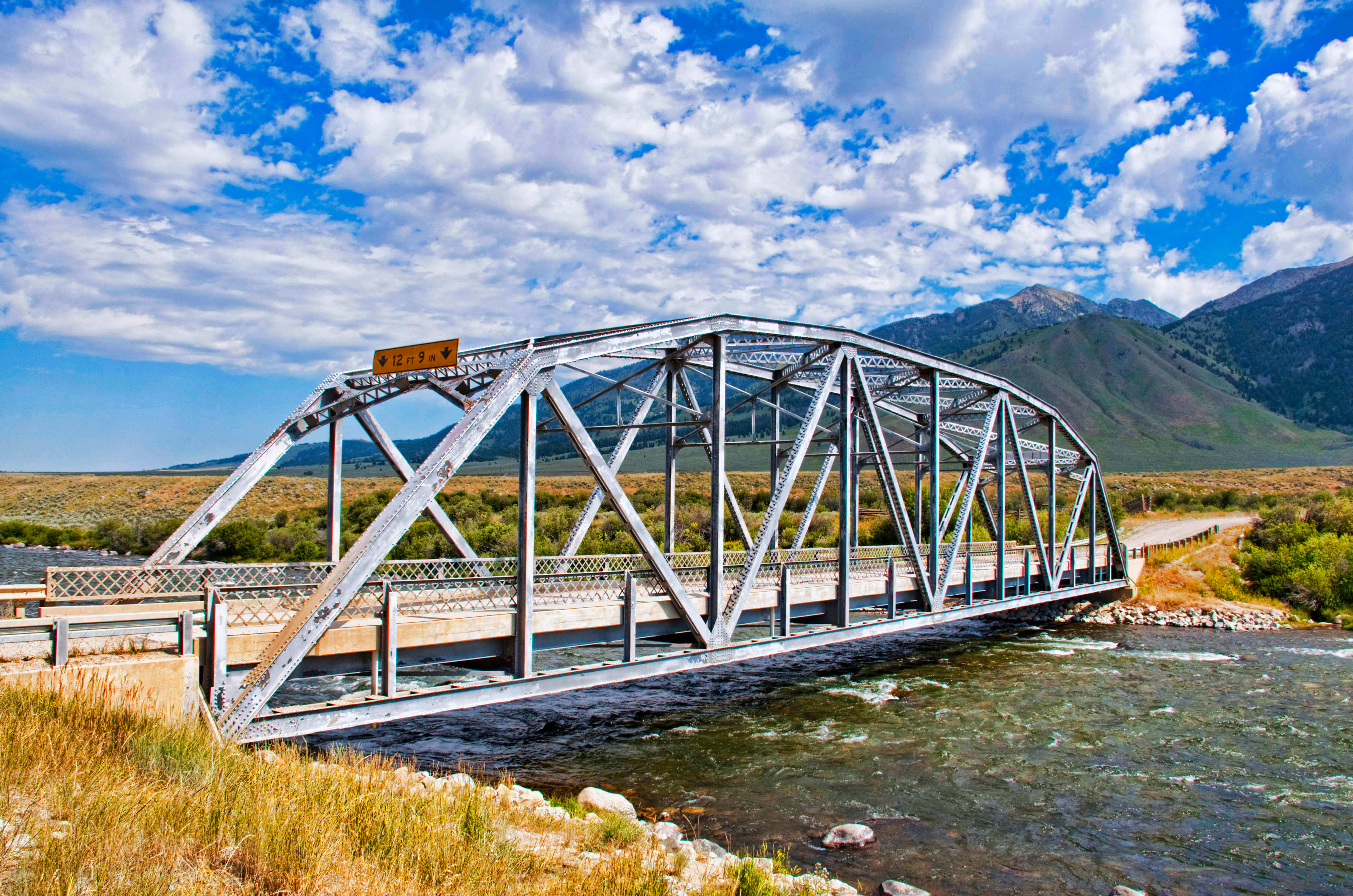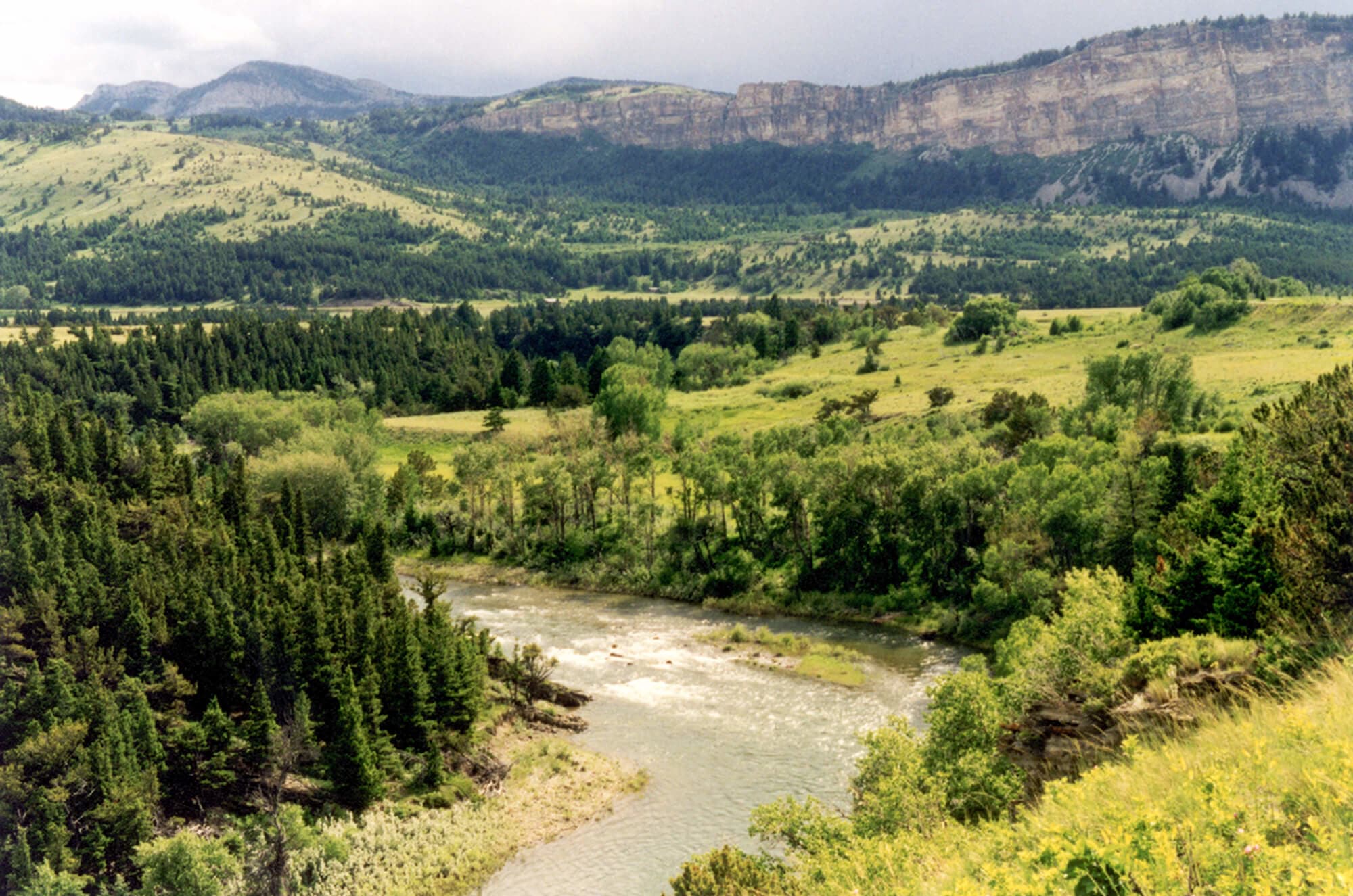A haven for birds, a stronghold for grayling
One of the country’s premier fly fishing streams, the 150-mile-long Big Hole River tumbles from the Beaverhead Mountains through some of the most diverse geography of any river in Montana. It is a beloved trout fishery and, remarkably, the only river left in the Lower 48 with fluvial Arctic grayling. The Big Hole Valley is also one of the great bird areas of the West, with extensive wetlands that are important nesting, feeding and resting habitat for a variety of species.
WRC is working in the Big Hole Valley to deliver more water for imperiled grayling and other fish, to preserve recreational access, and to protect habitat for the Big Hole Valley’s diverse wildlife. To date, we have completed two projects, Eagle Rock Ranch on the Wise River, and Clemow Cow Camp, southeast of the town of Wisdom. We purchased Clemow Cow Camp in August 2022, and held it while we worked to secure the funding necessary to convey it to the Beaverhead-Deerlodge National Forest in September 2023.
Protecting habitat and public access
A rare inholding within the Beaverhead-Deerlodge National Forest, the 317-acre Clemow Cow Camp is a beautiful expanse of wetland meadows graced by two cold, high-mountain streams, Cox and Old Tim creeks. Just off the property, these streams flow into Warm Springs Creek, a tributary to the Big Hole River. Given the area’s remoteness and excellent habitat, this is a haven for fish and wildlife of the upper Big Hole Valley.
Clemow Cow Camp provides top-notch habitat for grizzly bear and Canada lynx (both threatened species) and includes 154 acres of riparian wetland habitat that waterfowl and shorebirds depend on. With two miles of Cox and Old Tim creeks flowing through the property, Clemow Cow Camp supplies important water for fish in the Big Hole basin, including mountain whitefish (a species of state concern) and westslope cutthroat trout.
On top of its superb habitat, Clemow Cow Camp is a recreation gem. The property serves as an entry point to the adjacent West Pioneer Wilderness Study Area, a 148,150-acre roadless area in southwest Montana. WRC’s efforts will permanently secure this key access point for hiking, hunting and wildlife viewing. Clemow Cow Camp also has a historic cabin that the US Forest Service will refurbish and add to its cabin rental program.
Keeping water in-stream
Our efforts at Clemow Cow Camp secure 2.77 CFS of water rights, which the Forest Service will use to reinvigorate the property’s critically important meadows. The irrigation water rights will be allocated to the meadows, which will store the water, keeping it clean and cold throughout the hot summer. It will then seep into the water table and slowly make its way into the stream later in the season, when the creeks are low. When not allocated to the meadow, the water will remain in-stream, which will improve flows. This builds on WRC’s work on the Wise River, a major Big Hole tributary, where we are also using water rights to irrigate wet meadows and place water in-stream.
